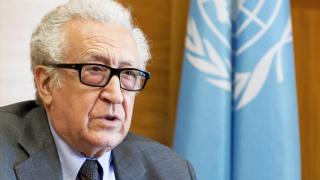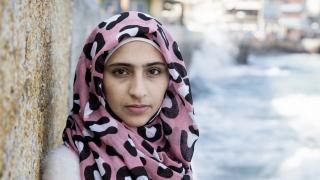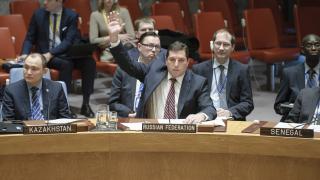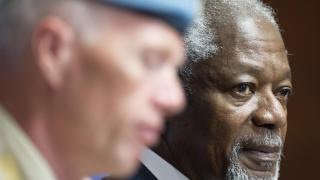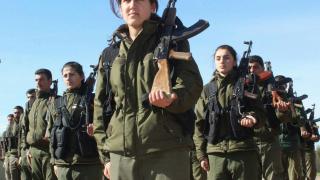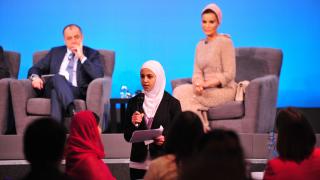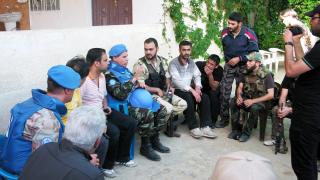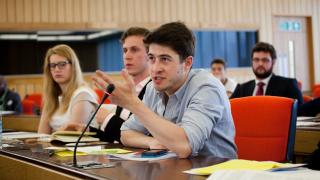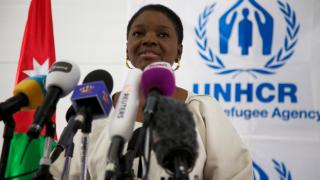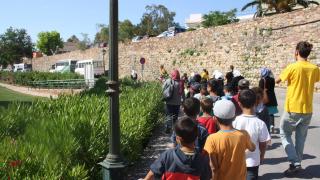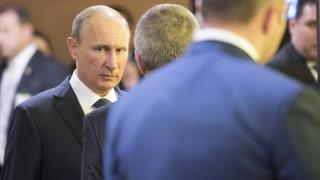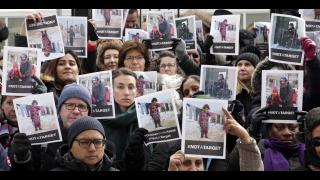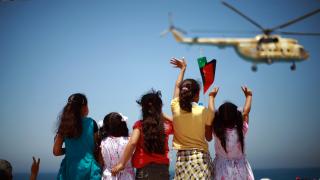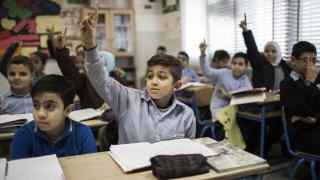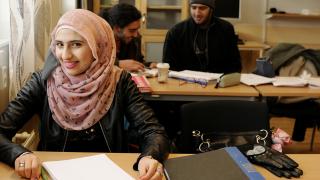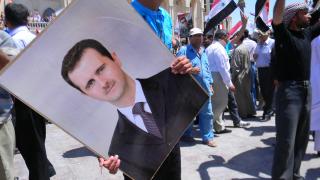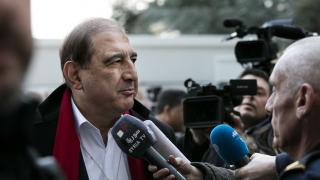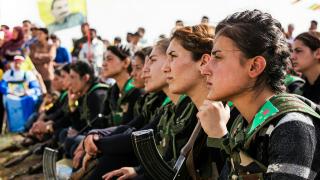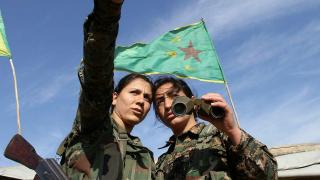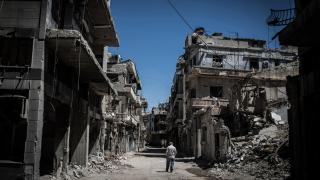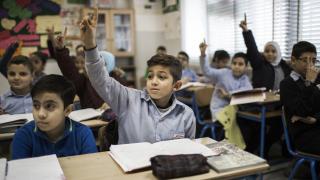
As the Syrian refugee and migrant crisis enters its sixth year, aid responses are arguably becoming outdated. The average length of displacement for a refugee in a protracted situation is more than 20 years; meaning donors must now transition from viewing this as a short-term humanitarian crisis to one that requires long-term development planning. Whilst emergency relief will always remain an essential part of the response, the nature and duration of this crisis must now go beyond aid.
In the words of Sarah Paoletti, Professor of Law at the University of Pennsylvania:
As long as you address this purely as a humanitarian crisis with a short-term vision, you run the risk of exacerbating the costs, challenges and difficulties down the road.
The need to provide immediate humanitarian aid has meant that much of the current debate has focused heavily on the short-term costs of supporting refugees, whilst ignoring the potential positive socio-economic benefits that these investments could ultimately yield in the future.
This notion has been particularly attached to the area of education. Not only does the provision of education face a vast amount of social barriers and practical costs, but the UN High Commissioner for Refugees (UNHCR) believes that it is also commonly seen as non-essential in humanitarian emergencies, where the focus is instead on providing food, shelter and medical aid.
As a result, it is often overlooked that educating a generation of refugees could also be an investment opportunity that boosts economic growth in host countries in the long-term. This would be achieved by stimulating the economy through the supply side with an increased labour force, as well as the shared benefits of increased public investments.
The support of refugees beyond the initial humanitarian response has particularly been seen in Germany, with the German Institute for Economic Research recognising that a strain on public finances in the short run will hopefully yield a long-term positive gain in the country. This is particularly necessary due to the country’s ageing population, which will add future fiscal pressures through a greater demand for old age pensions and health services. As a result, refugee expenditure is being regarded as investment that will harness a much-needed larger working force.
Furthermore, despite the common perception that a rise in refugee workers would increase unemployment for local citizens and suppress the economy, studies are beginning to disprove these fears. For example, a study from November 2015 showed that Jordan had the lowest ratio of natives to refugees, with a rate of three to one; and expenditure on refugees is understandably a large proportion of public finances. With this, many Jordanians believe that they are being priced out of the labour market by Syrian refugees who work for lower wages. However, a 2015 study on the Jordanian labour market found that the influx of Syrian refugees has had no indiscernible impact on native employment and gross domestic product in the country has continued to remain positive.
Urging more state spending in countries with already large strains on their fiscal capacities certainly sounds counter-intuitive. However, host countries should begin to consider increased spending in the light of the long-term benefits that can help to build up their own national development agendas and reduce unpredictable aid dependence, whilst also responding to the humanitarian needs of refugees.
This has been recognised in the third UN Regional Refugee and Resilience Plan released in 2016 by UNHCR. The report highlights the importance of long-term development interventions and predictable multi-year funding that support the resilience of refugee and host communities, alongside necessary humanitarian assistance activities. With little hope of refugees returning to Syria in the foreseeable future, long-term development plans as proposed by UNHCR need to be increasingly prioritised by all parties in order to yield benefits to both host countries and refugees.
Photo: Syrian and Lebanese students sit together in classes at the Mohammed Shamel mixed Elementary public school in Tariq el Jdideh, Beirut, Lebanon. Copyright DFID


